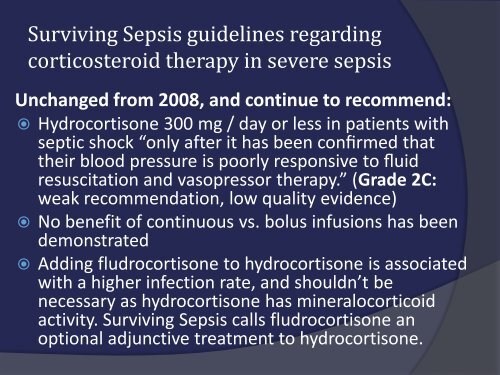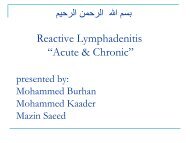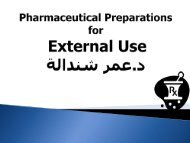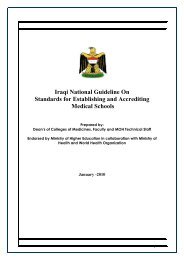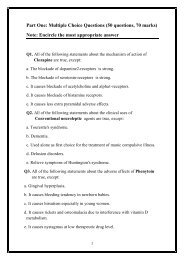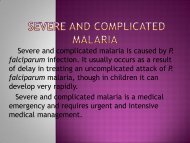New insights into the management of severe sepsis and septic shock
New insights into the management of severe sepsis and septic shock
New insights into the management of severe sepsis and septic shock
- No tags were found...
You also want an ePaper? Increase the reach of your titles
YUMPU automatically turns print PDFs into web optimized ePapers that Google loves.
Surviving Sepsis guidelines regardingcorticosteroid <strong>the</strong>rapy in <strong>severe</strong> <strong>sepsis</strong>Unchanged from 2008, <strong>and</strong> continue to recommend: Hydrocortisone 300 mg / day or less in patients with<strong>septic</strong> <strong>shock</strong> “only after it has been confirmed that<strong>the</strong>ir blood pressure is poorly responsive to fluidresuscitation <strong>and</strong> vasopressor <strong>the</strong>rapy.” (Grade 2C:weak recommendation, low quality evidence) No benefit <strong>of</strong> continuous vs. bolus infusions has beendemonstrated Adding fludrocortisone to hydrocortisone is associatedwith a higher infection rate, <strong>and</strong> shouldn’t benecessary as hydrocortisone has mineralocorticoidactivity. Surviving Sepsis calls fludrocortisone anoptional adjunctive treatment to hydrocortisone.


